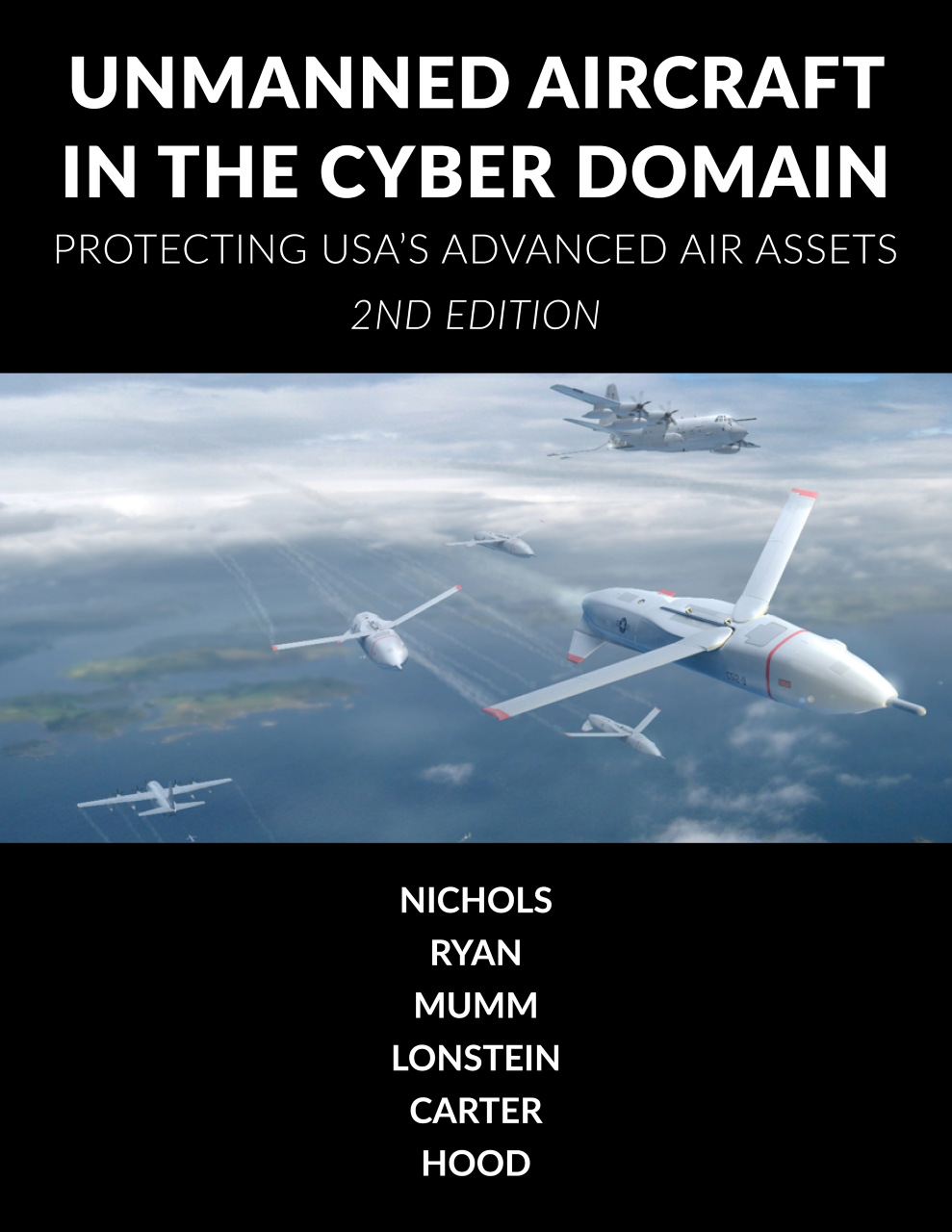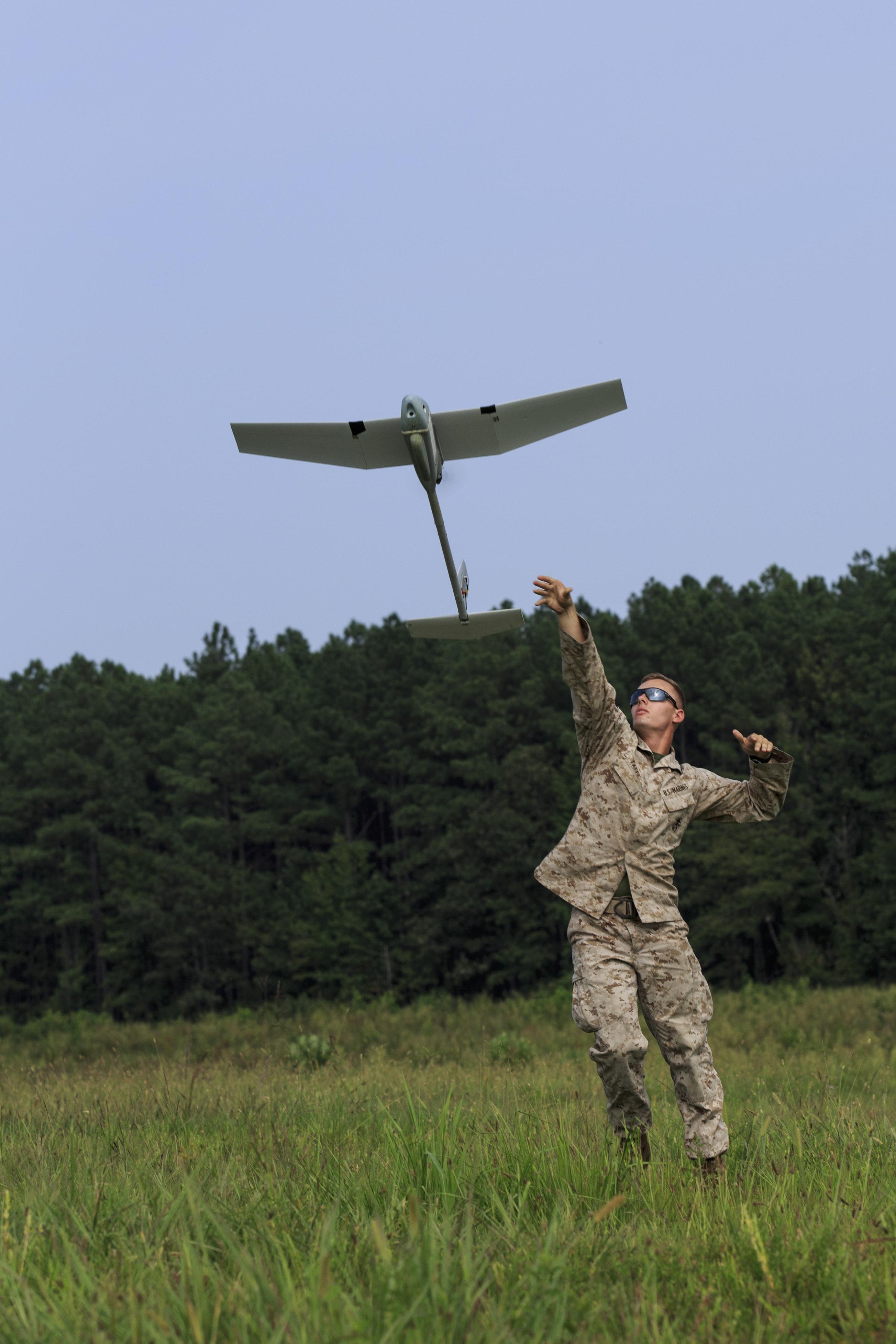Uncrewed Aircraft Systems - Unmanned operations in Advanced Air Mobility promise significant rewards for ambitious innovators, but the question remains, how will the industry achieve the standard of safety and value proposition necessary to accelerate public adoption of autonomous aircraft to ensure commercial viability?
The answer lies in many technological advances. By attending this webinar, you will understand how emerging innovation and collaboration across industries will create safer and more commercially successful autonomous operations.
Uncrewed Aircraft Systems

Chase is an investment manager in the Partnerships Group at Supernal, responsible for accelerating the development of automotive and ecosystem solutions through strategic global investments in technology and operations. Prior to his current role, Chase led Vehicle and Subsystem Partnerships in Avionics and Autonomy.
Swarms Of Attritable Uas Can Create The Isr Picture The Air Force Wants
Prior to joining the Hyundai UAM effort, Chase was an officer in the U.S. Air Force, most recently as the Defense Contract Management Agency's principal systems engineer for F-35 production and F-22 procurement. In addition, it played a role in the strategic use of space and rocket technology. Chase is a graduate of Texas A&M University with degrees in aerospace engineering and finance.
As Vice President of Aerospace North America at Cambridge Consultants, Chris helps companies achieve complex breakthroughs at the intersection of technology innovation, end-user requirements and customer business development.
Chris has over 25 years of experience in the military, defense and commercial aviation industries. benefits from advances in manned and unmanned integration of ground and air robotics, artificial intelligence, sensor fusion and autonomy.
At MWC 2023, we will showcase emerging technologies that will change the face of telecommunications and help our customers create the future they want through breakthrough, world-first innovations.
Unmanned Aircraft Leverage Pc/104, Com Express, And Other Small Form Factors
Join us in San Francisco for the first time in three years. Growers, agribusiness leaders, technology pioneers and investors gather to share ideas, gain inspiration and identify future partners. While most military UAVs are fixed-wing aircraft, there are also rotor designs (ie RUAVs) like this MQ-8B Fire Scout. is used.
An unmanned aerial vehicle (UAV), commonly known as a drone, is an aircraft without a human pilot, crew or passengers on board. Drones are part of an unmanned aircraft system (UAS), which involves the addition of a ground control and communication system with the UAV.
Drones can be remotely controlled by a human operator, such as a remotely piloted aircraft (RPA), or with varying degrees of autonomy, such as autopilot assistance, to fully autonomous aircraft without human intervention.
For humans and by the twenty-first they had become the basis of most military personnel. As surveillance technologies have improved and costs have decreased, their use has expanded into many non-military applications.
Current And Future Applications Of Unmanned Aircraft Systems In Precision Agriculture
The term drone dates back to the early days of aviation and refers to long-range target aircraft used for practical gunfire on battleships, such as the Fairey Que of the 1920s and the de Havilland Que Bee of the 1930s. Later examples include the Airspeed Que Wasp and the Miles Que Martinet, before being eventually replaced by the GAF Jindivik.
The term remains in common usage. In addition to software, autonomous drones also use a number of advanced technologies that allow them to perform their missions without human intervention, such as cloud computing, computer vision, artificial intelligence, machine learning, deep learning, and temperature sensors.
A recreational aerial photography drone (as opposed to a UAV) is an aircraft with first-person video, autonomous capabilities, or both.
An unmanned aerial vehicle (UAV) is defined as “a powered aerial vehicle that does not carry a human operator, uses aerodynamic forces to provide lift for the vehicle, can fly autonomously or can be remotely piloted, deployable or retractable. or non-lethal payload'.
Unmanned Aircraft Flight Tests Begin At Nasa Armstrong
However, warhead missiles are not considered IEDs because the vehicle itself is the munition. Also, the relationship of UAVs to remotely piloted model aircraft is unclear.
Drones may or may not include remote controlled model aircraft. Some jurisdictions base their definitions on size or weight; however, the US FAA defines any unmanned aerial vehicle, regardless of size, as a UAV.
The term Unmanned Aircraft System (UAS) was adopted by the United States Department of Defense (DoD) and the United States Federal Aviation Administration (FAA) as part of the Unmanned Aircraft System Plan 2005-2030.

The term has been adopted by the International Civil Aviation Organization (ICAO) and the UK Civil Aviation Authority and is also used in the European Union Single European Sky (SES) Air Traffic Management (ATM) Study (SESAR Joint Undertaking) 2020.
Triton Unmanned Aircraft System
This term emphasizes the importance of elements other than planes. This includes items such as ground control stations, data links and other support equipment. A similar term is an unmanned aircraft system (UAV), remotely piloted aerial vehicle (RPAV), remotely piloted aircraft system (RPAS).
Under new regulations effective June 1, 2019, the term RPAS (Remotely Piloted Aircraft System) has been adopted by the Canadian government to mean "a configurable set of elements comprising a remotely piloted aircraft, its control station and command and control". transitions and any other system elements required during flight operations'.
Like any other aircraft, UAVs can be classified by design configuration, such as weight or type of breed, maximum flight altitude, degree of operational autonomy, operational role, etc. According to the US Department of Defense, UAVs are divided into five categories below. :
Classified by size, UAVs are typically divided into four categories, with at least one of the dimensions (stick or wingspan) meeting the following relevant constraints:
Unmanned Aircraft System (uav) Quadcopter Drone In The Air Over Construction Site Stock Photo
Drones can also be classified according to the degree of autonomy in flight operations. ICAO classifies unmanned aircraft as either remotely piloted or fully autonomous aircraft.
Some UAVs offer moderate autonomy. For example, a car can be remotely controlled in most contexts, but has an autonomous return to base. Some aircraft types can optionally fly unmanned or as UAVs, including unmanned or manned aircraft converted to optionally piloted UAVs (OPVs).
Depending on altitude, the following UAV classifications have been used in industry houses such as the ParcAberporth Unmanned Systems forum:

An example of a classification based on complex criteria is the US Army's classification of unmanned aerial systems (UAS) based on the weight, maximum height and speed of the UAV component.
Isr & Unmanned Systems
Winston Churchill and others waiting for the launch of a de Havilland Que Bee target drone, 6 June 1941
Ryan Firebee, one of a series of target drones/unmanned aerial vehicles first flown in 1951. Israel Aviation Museum, Hatzerim Air Force Base, Israel, 2006
Final preparations before the first tactical UAV mission over the Suez Canal (1969). Regular: Major Shabtai Brill of the Israeli Intelligence Corps, tactical UAV innovator.
First flown in 1975, Israel's Tadiran Mastiff is considered by many to be the first modern combat UAV due to its data transmission system, stable ride and live video.
Monash Uncrewed Aerial Systems
Austrian forces besieging Vicen attempted to launch about 200 incendiary balloons into the besieged city. Balloons were mainly launched from the ground; but some were also launched from the Austrian ship SMS Vulcano. At least one bomb fell on the city; however, due to the changing wind after launch, many balloons missed their target and some fell back over the Austrian lines and the launch ship Vulcano.
Spanish engineer Leonardo Torres y Quevedo introduced a radio control system called "Telekino" at the Paris Academy of Sciences in 1903 with the intention of testing his airship according to its design without risking human life.
Significant drone development began in the 1900s and was initially focused on providing practice targets for training military personnel. The first attempt at a powered UAV was A. M. Low's "Aerial Target" in 1916.

Low confirmed that Geoffrey de Havilland's monoplane was the aircraft he flew under control using his radio system on 21 March 1917.
Group 1 Small Unmanned Aircraft Systems
Following this successful demonstration in the spring of 1917, Low was transferred to develop fast motorized DCs with the Royal Navy in 1918 to attack shipping and harbor installations, and also assisted Wing Commander Broke in preparations for the Zeebrugge Raid. Further British unmanned development led to a fleet of over 400 de Havilland 82 Que Bee aerial targets launched in 1935.
This development also inspired the construction of the Kettering Bug by Charles Kettering of Dayton, Ohio, and the Hewitt-Sperry Automatic Airplane—originally intended as an unmanned aircraft that would carry an explosive charge to a predetermined target. Development continued during World War I, when the Dayton-Wright Aircraft Company designed an unmanned aerial torpedo that would detonate at a predetermined time.
He formed the Dny Radioplane Company in 1940, and further models appeared during World War II - used both for anti-aircraft gunner training and for attack missions. Nazi Germany produced and used a number of UAVs during the war, such as the Argus As 292 and the V-1 jet-powered flying bomb.
After World War II, development continued on vehicles such as the US JB-4 (using TV/radio command guidance), the Australian GAF Jindivik and the Teledyne Ryan Firebee I in 1951, while companies such as Beechcraft developed their Model 1001 for the US. Navy. they proposed. 1955.
Unmanned Aircraft Systems Regulations (uasr)
In spite of
Aircraft appraisal online, free aircraft appraisal, aircraft appraisal services, aircraft appraisal cost, aircraft appraisal jobs, aircraft appraisal course, aircraft appraisal training, business appraisal, rolex appraisal, appraisal software, 409a appraisal, aircraft appraisal report
Post A Comment:
0 comments so far,add yours